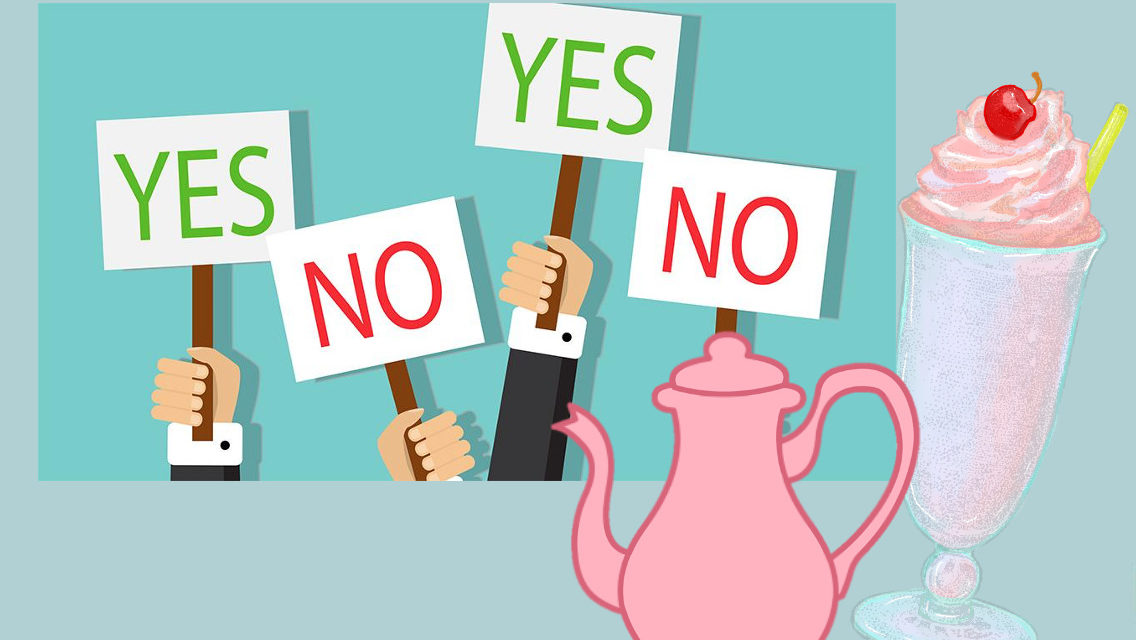Madeleine Taplin
If you have been paying attention to the news recently, you would be aware of the massive debates that have arisen over consent education, particularly the way in which this education is presented in schools. Following these debates, the government released a new website entitled ‘Good Society’ as part of its Respect Matters program, featuring numerous videos and resources on consent and other topics. One such resource is the now infamous ‘Milkshake Video’, which utilises the metaphor of smearing a milkshake on another individual without permission to represent sexual assault. The video received massive amounts of criticism, with many labelling the attempt to educate individuals on important matters as ‘laughable’, and ‘pretty woeful’, resulting in the video being removed from the platform. So why was this video a complete bust?
‘The Milkshake Video’ attempts to educate without openly stating what it wishes to educate on. By trying to compare a serious matter such as sexual assault to the unwanted smearing of a milkshake sends confusing messages to those unfamiliar, or just learning the content. It seems the government is afraid to be too explicit on their meaning, resulting in what is frankly a disturbing array of euphemisms. It is incredibly difficult to teach someone what is appropriate in a relationship when using the metaphor of a milkshake, which could be taken by some as just two friends messing around. Children need to be equipped with the language and proper terminology to fully understand the concept of consent, and ultimately how it works in real life. The ‘Milkshake Video’ does none of this, hence why it received such severe backlash and was forcibly removed from the website.
If the government insists on utilising metaphors and euphemisms to share education, it would be better to use one that is well thought-out and covers all the necessary topics. Take ‘The Tea Analogy’ as an example. This well thought out metaphor utilises multiple cases of drinking tea, offering tea, accepting tea, and preference of tea to explain how consent and relationships work. With further thought, this analogy could prove to be a winner with the greater public, as the analogy has been used for years with great success. The way in which someone chooses to, or not to drink tea is far a far clearer analogy than ‘The Milkshake Video’ produced by the government. It is clear that in order to adequately teach consent we need to change the way in which we approach it, and ‘The Tea Analogy’ might be the perfect way in which to do so.












